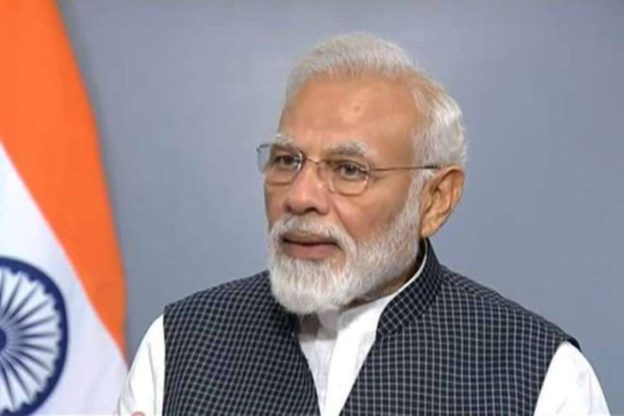The three main targets of the policy are reducing logistics cost in India to be comparable to global benchmarks by 2030; effort to bring India among the top 20 nations by 2030 in the Logistics Performance Index ranking, and creating a data-driven decision support mechanism for an efficient logistics ecosystem.
A comprehensive action plan, integration of logistics-related digital systems, and an online mechanism for secure exchange of documents are key elements of the national logistics policy that was released by Prime Minister Narendra Modi on Saturday.
The three main targets of the policy are reducing logistics cost in India to be comparable to global benchmarks by 2030; effort to bring India among the top 20 nations by 2030 in the Logistics Performance Index ranking, and creating a data-driven decision support mechanism for an efficient logistics ecosystem.
The vision is to develop a technologically enabled, integrated, cost efficient, resilient, and sustainable logistics ecosystem in the country for accelerated growth.
The policy aims at reducing the logistics cost from about 13 per cent of GDP to 7.5 per cent of the GDP and generating jobs in the coming years.
Special Secretary, Logistics Division, Amrit Lal Meena told PTI that the policy would provide a multi-modal digital connectivity solution. The main parameters of the policy would include harmonisation and standardisation, trade and transport facilitation, digitisation and skill development.
The proposed action plan would include integrated digital logistics systems; standardisation of physical assets and benchmarking service quality standards, state engagement, human resource development and capacity building, export-import logistics, sectoral plans for efficient logistics, and facilitation of the development of logistics parks, the official added.
Under human resource development, the focus would be given to mainstream logistics in higher education; and the development of online training programmes. A task force would be formed with a mandate to identify action areas.
Under export-import logistics, the focus would be on addressing infrastructure and procedural gaps; and developing institutional mechanisms for trade facilitation.
Similarly, as part of the service improvement framework, the policy would talk about improvement in regulatory interface to enable seamlessness between sectors.
An empowered group of secretaries (EGoS), constituted under the PM Gati Shakti, would monitor and review the implementation of the policy.
A service improvement group would be there for the resolution of user issues. High logistics cost in India impacts both external and internal trade. The cost in India is estimated at 13-14 per cent of the gross domestic product against 9-10 per cent in the US and Europe and 11 per cent in Japan.
According to the Commerce Ministry, the sector is complex with more than 20 government agencies, 40 PGAs (Partner Government Agencies), 37 export promotion councils, 500 certifications, over 10,000 commodities, and a USD 160 billion market size.
It also involves 200 shipping agencies, 36 logistics services, 129 ICDs (Inland Container Depots), 168 CFSs (Container Freight Stations), 50 IT ecosystems, banks and insurance agencies.
https://www.financialexpress.com/education-2/modi-pm-national-logistics-policy-digital-security/2672453/





